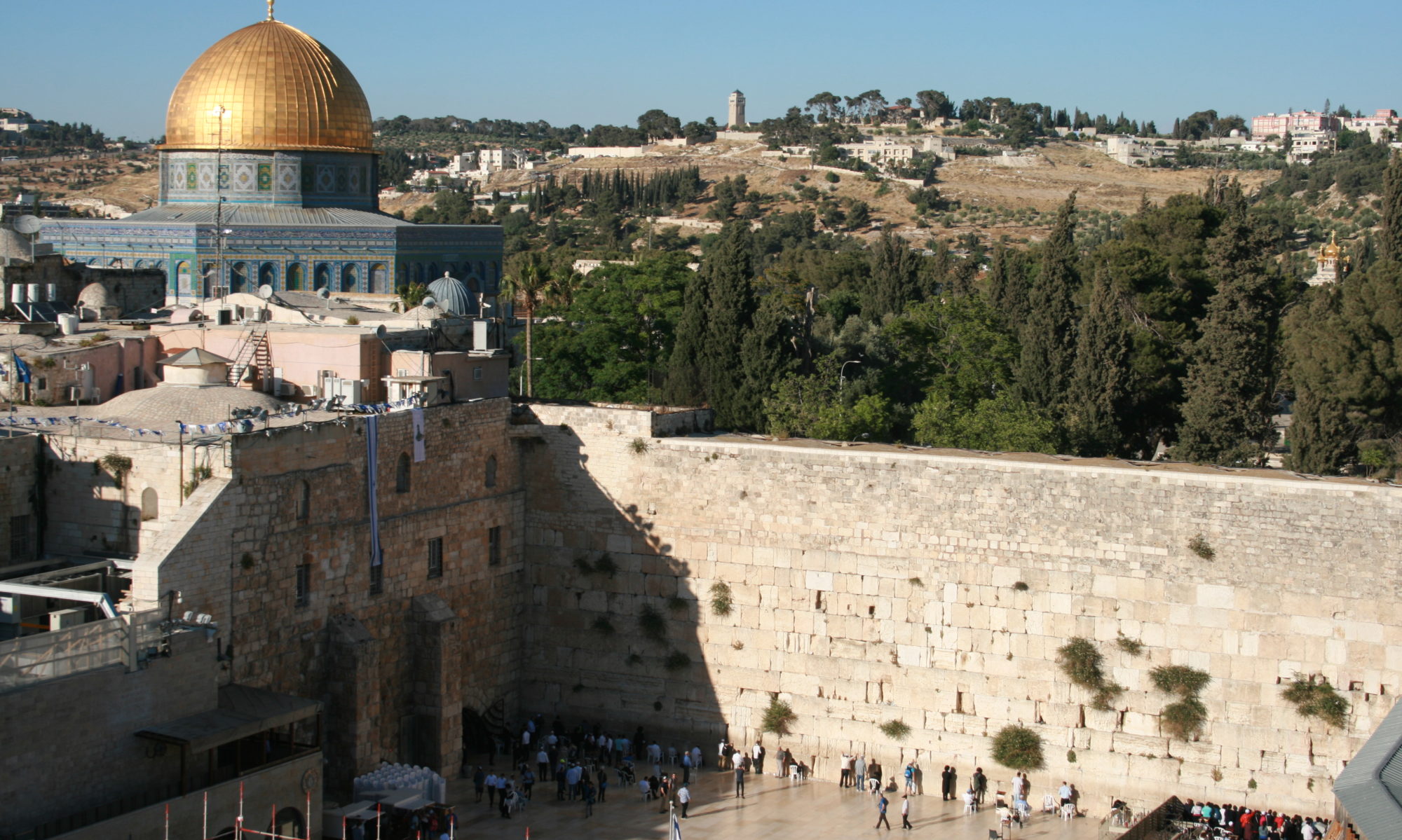The last decade has seen stagnation in the Israeli-Palestinian “peace process.” The Palestinian Authority appears unwilling or unable to negotiate and the future direction of the Palestinian Authority itself is uncertain. Palestinian media is increasingly controlled by the PA and what little information is made available about the inner workings of the Palestinian Authority is at the discretion of the leadership.
This book sets out to address one part of the cipher. If we want to understand the direction of the Palestinian Authority we need to understand the man at the top, but until now there has been no biography of Mahmoud Abbas in English. Who is he, how did he reach his position, and where is he leading his people?
For 40 years, Yasser Arafat set his indelible stamp on the destiny of the Palestinian project. Arafat was charismatic, but no bureaucrat. The media, breathless at the idea of a peace deal, failed to analyze Arafat’s character and history with impartiality. Was he capable of becoming a man of peace? As it turned out, the answer was ‘no.’
It is therefore important for anyone who follows the conflict to have some understanding of Mahmoud Abbas.
Born in Safed Israel, Abbas fled with his family to Damascus in 1948. He was an early member of Arafat’s Fatah movement and acted as ambassador, fund-raiser, and negotiator. Abbas was never took direct part in military/ terrorist action, and when Arafat walked out on the Camp David negotiations in 2000, Abbas was one of the few who argued against the launch of the second intifada.
Abbas won the election in January 2005 to become President of the Palestinian Authority. He was prepared to move forward with Bush’s Road Map and proceeded to consolidate power, replacing Arafat’s cronies with those who would support his own policies. It was Abbas’s idea to allow Hamas to participate in the legislative elections to be held in 2006. Certain the PLO would win, he calculated an open election would increase his legitimacy. He was badly mistaken.
Hamas won a majority in the January 2006 elections because the PLO was splintered and corrupt. In contrast, Hamas was unified and perceived as honest. By June, Hamas seized control of Gaza, splitting Palestinian territory in two. This is where we are today: a divided Palestinian territory ruled by two different factions with fundamental ideological differences.
Mahmoud Abbas was raised and educated outside Palestinian camps and at a distance from day to day struggles. He has perspective, but is seen as a remote figure. He never had Arafat’s legitimacy or charisma. Never an intuitive politician, Abbas has nevertheless navigated the banks and shoals of Palestinian politics. But without credibility, he is unable to influence his own people.
Abbas is no Arafat, nor is he Sadat. He prefers negotiations to war, but he does not have the support to offer the compromises that peace would require, and he cannot deliver Gaza. Now in his 83rd year, Abbas has settled into the position of President for life. He runs out the clock by pursuing internationalization—a diplomatic strategy that avoids both direct confrontation and negotiations with Israel. This tactic will not bring peace, it will not win a state, but it will keep Abbas in power and his sons in their lucrative businesses.
Extensively researched and documented, this book provides an impartial view of Abbas, his policies, and his motives. The authors figures on both sides of the Israel-Palestinian divide. The book is not intended to be a comprehensive review of the peace process (or lack thereof), but it provides a useful brief, describing the parts Abbas played and including behind-the-scenes insight into the internal politics.
Uninspiring as Abbas has been as leader, this book leaves me fearful for what will happen after he dies. He has left the Palestinian project perhaps in worse shape than he found it, and with less hope for the future.
